Name Erskine Caldwell | Role Author | |
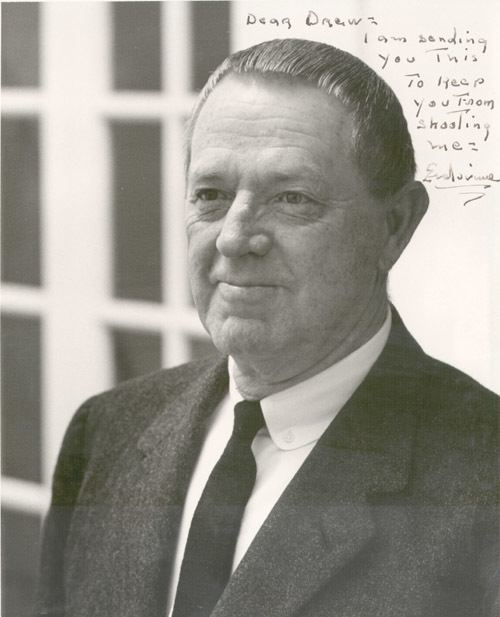 | ||
Occupation Novelist, short story writer Notable works Tobacco RoadGod's Little Acre Movies God's Little Acre, Tobacco Road, People of the Cumberland Books Tobacco Road, God's Little Acre, You Have Seen Their Faces, Trouble in July, The stories of Erskine Caldwell Similar People Margaret Bourke‑White, Jack Kirkland, John O'Hara, Ernest Hemingway, Anthony Mann | ||
Erskine caldwell speaking at ucla 10 30 1970
Erskine Preston Caldwell (December 17, 1903 – April 11, 1987) was an American novelist and short story writer. His writings about poverty, racism and social problems in his native Southern United States in novels such as Tobacco Road (1932) and God's Little Acre (1933) won him critical acclaim, but also made him controversial among Southerners of the time who felt he was deprecating the people of the region.
Contents
- Erskine caldwell speaking at ucla 10 30 1970
- Southern heritage erskine caldwell
- Early years
- Later years
- References
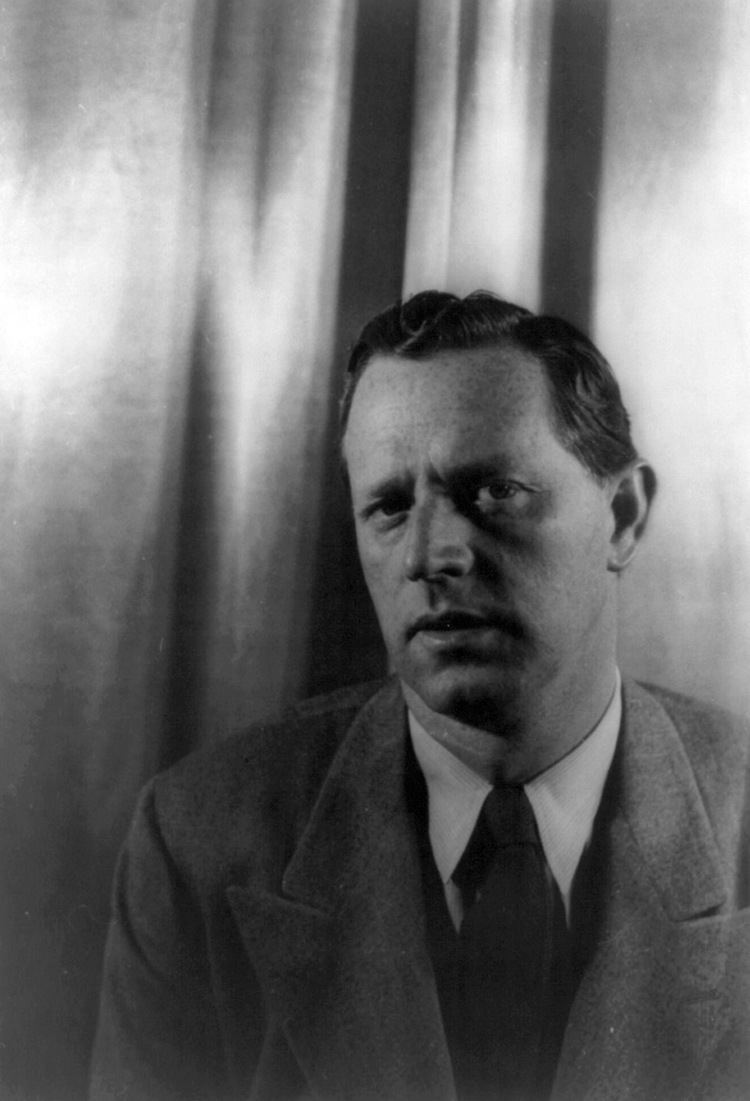
Southern heritage erskine caldwell
Early years
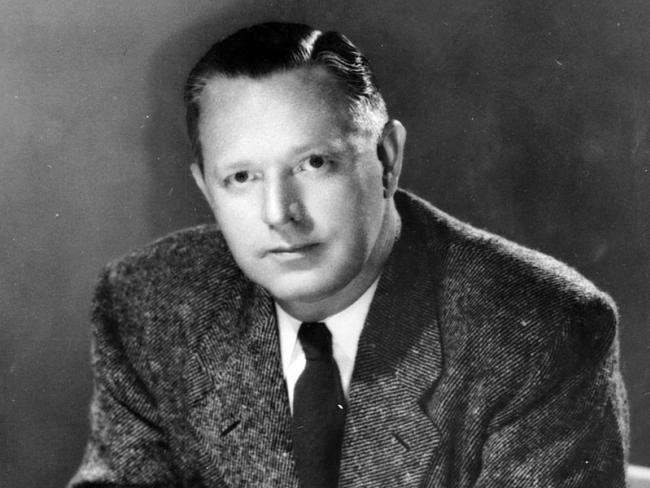
Caldwell was born on December 17, 1903, in the small community White Oak in Coweta County, Georgia. He was the only child of Associate Reformed Presbyterian Church minister Ira Sylvester Caldwell and his schoolteacher wife Caroline Preston (née Bell) Caldwell. Rev. Caldwell's ministry necessitated moving the family throughout the South, including the states of Florida, Virginia, Tennessee, South Carolina and North Carolina. When he was 15 years old, his family settled in Wrens, Georgia. His mother Carrie was from Virginia. Her ancestry included English nobility which held large land grants in eastern Virginia. Both her English ancestors and Scots-Irish ancestors fought in the American Revolution. Ira Caldwell's ancestors were Scots-Irish and had also been in the country since before the revolution and had fought in it.
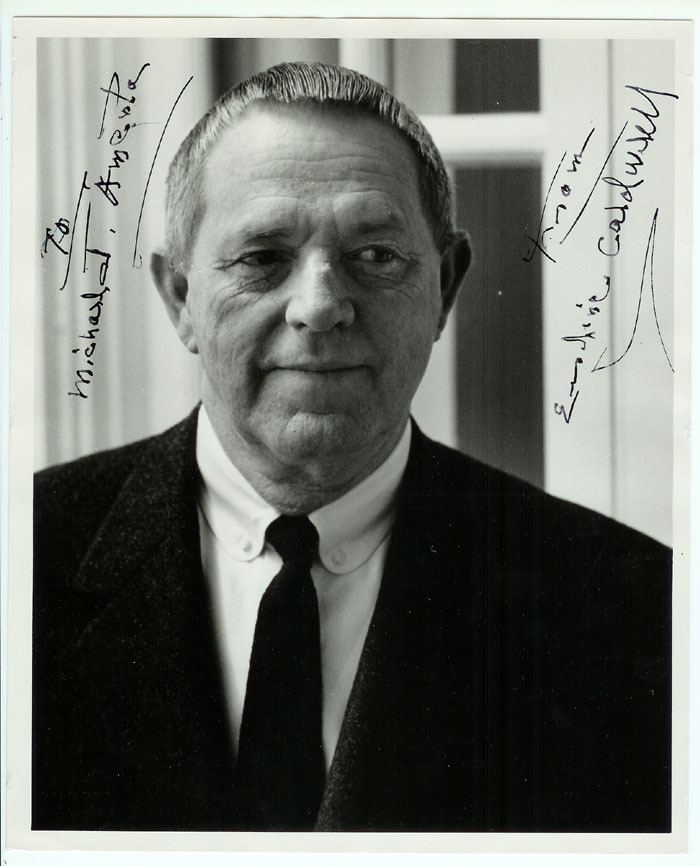
Caldwell attended but did not graduate from Erskine College, a Presbyterian affiliated school nearby in South Carolina. His political sympathies lay with the working classes and he used his experiences with farmers and common workers to write stories portraying their lives and struggles. Later in life he presented public seminars on the typical conditions of tenant-sharecroppers in the South.
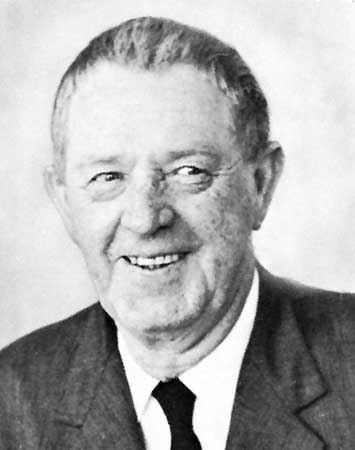
His first and second published works were The Bastard (1929) and Poor Fool (1930) but the works for which he is most famous are his novels Tobacco Road (1932) and God's Little Acre (1933). Maxim Lieber was his literary agent during (parts of) the 1930s and 40s. His first book was banned and copies were seized by authorities. With the publication of God's Little Acre, the New York Society for the Suppression of Vice instigated legal action against him in New York. Caldwell was arrested when he attended a book-signing there but was exonerated in trial.
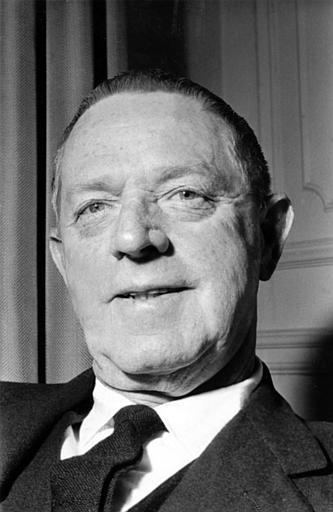
Disillusionment with the anti-revisionist socialist government led Caldwell to compose a short story published in 1933, "Sylvia". In this story a woman journalist is executed by a firing squad after being tried in a secret court on charges of espionage.
Through the 1930s Caldwell and his first wife Helen managed a bookstore in Maine. Following their divorce Caldwell married photographer Margaret Bourke-White, collaborating with her on three photo-documentaries: You Have Seen Their Faces (1937), North of the Danube (1939), and Say, Is This The USA (1941) during their three years together from 1939–42. During World War II, Caldwell obtained papers from the USSR that allowed him to travel to Ukraine and work as a foreign correspondent documenting the war effort there.
Later years
After he returned from World War II, Caldwell took up residence in Connecticut, then in Arizona with third wife, June, then in San Francisco. During the last twenty years of his life, his routine was to travel the world for six months of each year, taking with him notebooks in which to jot down his ideas. Many of these notebooks were not published, but can be examined in a museum dedicated to him in the town square of Moreland, Georgia, where the home in which he was born was relocated and dedicated to his memory.
Caldwell died from complications of emphysema and lung cancer on April 11, 1987, in Paradise Valley, Arizona. He is interred in Scenic Hills Memorial Park, Ashland, Oregon. Although he never lived there, his stepson and fourth (not third, as incorrectly reported in his NY Times obituary) wife, Virginia Caldwell Hibbs, did, and wished him to be buried near his family.
